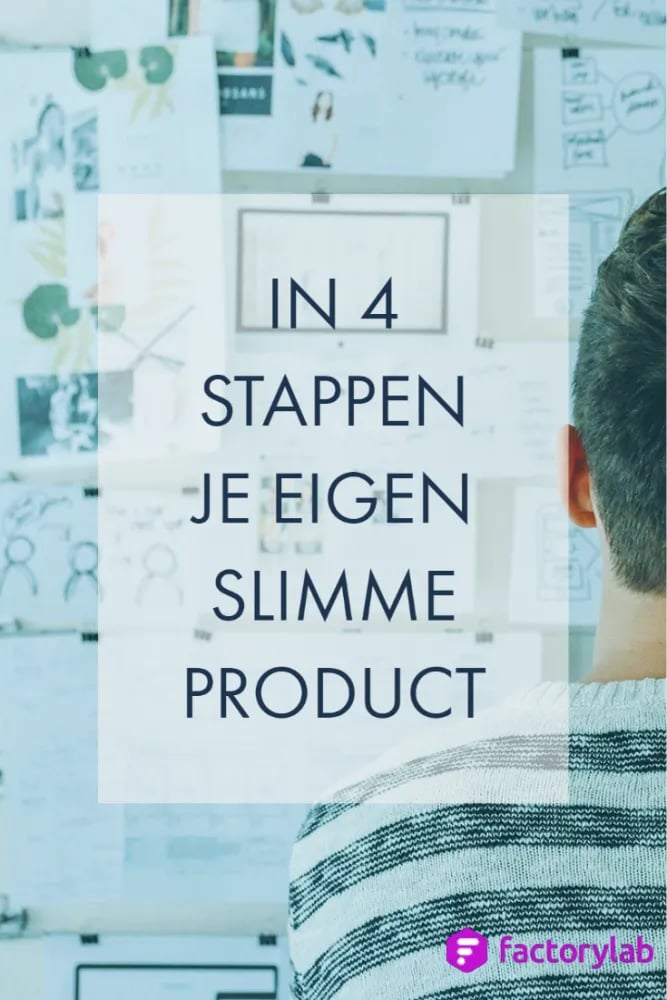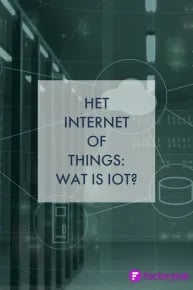Building Your Own IoT Product Is Easier Than You Think
Table of contents
Building Your Own IoT Product Is Easier Than You Think
Do you have a brilliant idea for a connected product that’s been on your mind for a while? Or are you looking to capture more data from your business operations?
Good newss, developing your own IoT product might be far simpler than you imagine.
With a well-defined idea, a realistic budget, and the right development partner, your concept can move from sketch to fully functioning smart device faster than you’d expect.
Here’s how you can get started in just four clear steps.
Step 1: Start with the Idea
Every innovation starts with a spark, a challenge, an observation, or a “what if?” moment.
IoT product ideas can emerge in all sorts of ways:
- During a team brainstorm, you imagine a way to boost your service levels by remotely monitoring equipment and responding to faults before customers even notice them.
- You read an article on predictive maintenance and realize that by measuring temperature and vibration, you could predict when your machines need attention.
- While emptying yet another round of bins at your holiday park, you think: “Why not add sensors that alert us when they’re full?”
- You’ve been using a complex sensor system that measures far too much and costs too much, so you envision something simpler, built around only the metrics you truly care about.
- Or maybe one day, out of the blue, a light bulb goes off in your head. Eureka! The idea is born, and it’s time to take it to the next level.
Step 2: Explore, Research, and Define
Once the idea exists, it’s time to turn it into something tangible.
At this stage, you’ll explore what’s already out there, define what makes your product unique, and identify the technical and commercial requirements.
Tip: Don’t do this in isolation. Involve your team or external experts. Fresh perspectives help shape better products.
Ask yourself key questions:
- Are there already similar products on the market?
- What gap does mine fill, and is it worth solving?
- What features and functions are essential?
- Where will the product be used? How often will it measure or transmit data?
- Which IoT connectivity options fit best, WiFi, LoRa, NB-IoT, or something else?
- What does the ideal form factor look like?
- What’s my development and production budget?
This phase transforms your idea from a rough sketch into a structured product vision.
Step 3: Choose the Right Development Partner
By now, you know what your product needs to achieve, what you’re prepared to invest, and whether you can handle production internally.
For most businesses, the answer to that last question is no, and that’s perfectly fine.
That’s where the right IoT development partner comes in.
You’ll likely start searching for companies specializing in IoT hardware design, wireless connectivity, embedded systems, or product development.
But finding the right partner is about more than just technical skill, it’s about alignment, reliability, and trust.
Here’s what to look for:
- ✅ Proven experience. Review their portfolio, they’ve already built the kind of products you want to create.
- ✅ End-to-end capability. Choose a partner who can manage everything, from PCB and firmware design to housing, connectivity, and data visualization.
- ✅ Connectivity expertise. Whether your priority is long range, low power, or minimal communication costs, pick a specialist who knows your chosen technology.
- ✅ Cultural fit. You’ll be working closely together — make sure communication is clear and easy.
- ✅ Compliance know-how. Every region has different certification requirements. Ensure your partner understands the standards for your target markets.
- ✅ Transparent pricing. Ask for detailed quotations that include development hours, estimated costs, and indicative production pricing.
The result? You’ll partner with a team that understands your goals, speaks your language, and can bring your concept to life, efficiently and effectively.
Step 4: Begin the Product Development Journey
Once you’ve selected your development partner, the real fun begins.
This is the stage where co-creation takes over, transforming ideas into tangible products through design, prototyping, testing, and ultimately, production.
Let’s say (hypothetically) that you’ve chosen Factorylab as your partner, a smart move, if we may say so.
Together, we’ll guide your idea through every phase, from proof-of-concept to a market-ready product that delivers real value.

